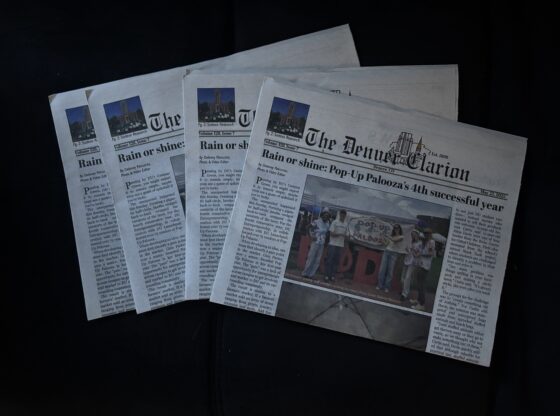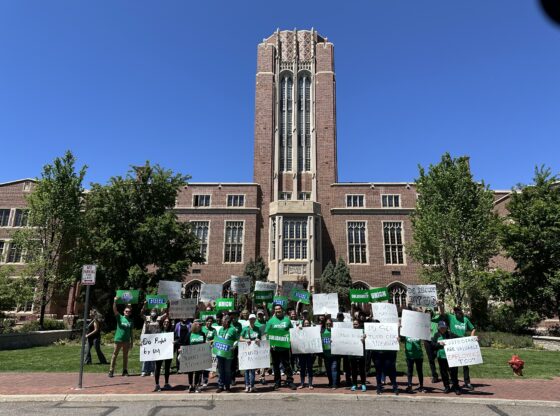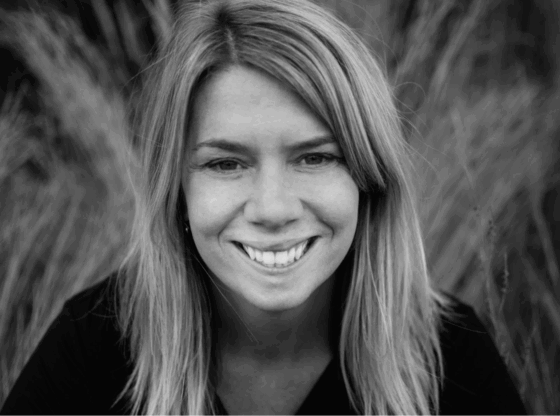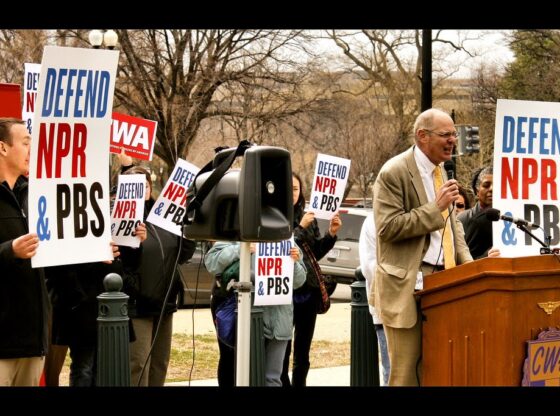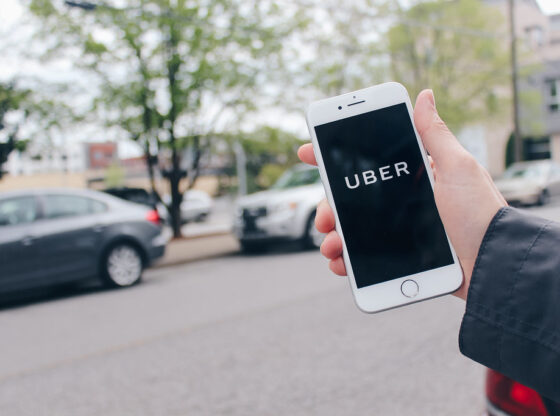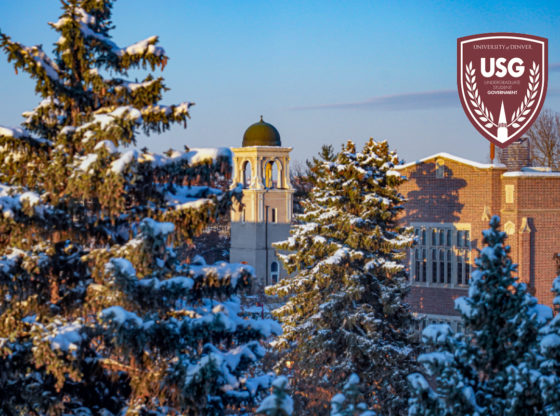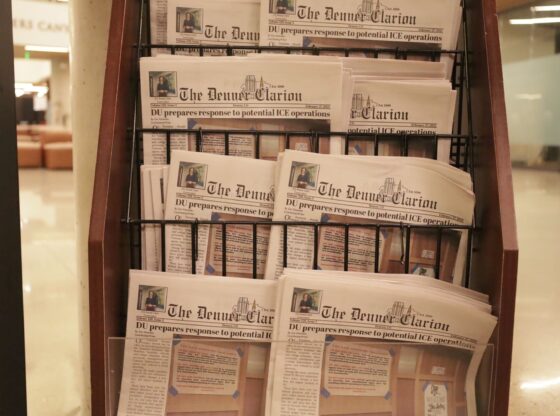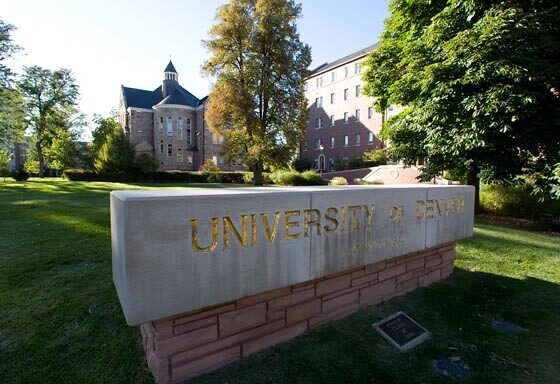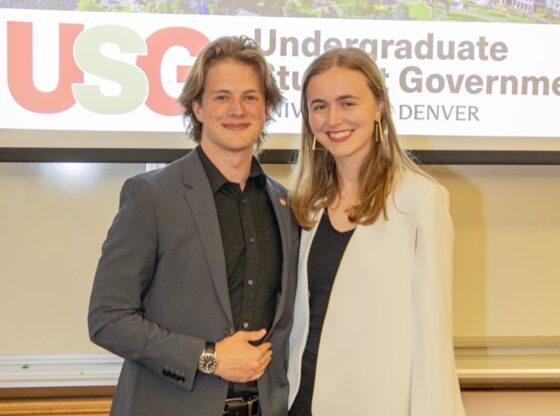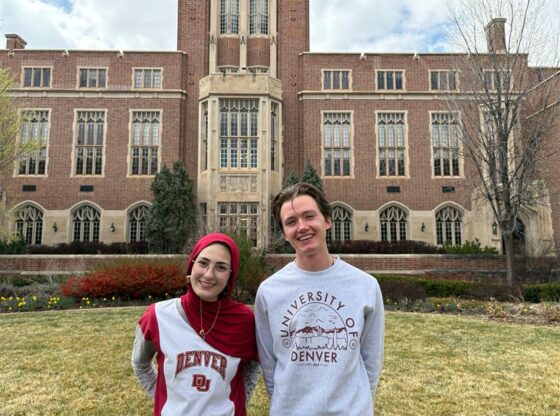Despite the crisis in Japan being exacerbated by nuclear power plant troubles, DU’s Robert Amme insists that the situation poses no serious health threat and that nuclear energy is still a viable and necessary alternative energy source.
Amme is a research professor of physics and has spent decades researching energy and nuclear power and its waste.
“I do not expect one death from radioactivity,” he said, referring to the nuclear situation in Japan. “Not one.”
On Saturday, Yukiya Amano, director general of the International Atomic Energy Agency, was quoted in the New York Times as stating that Japan was still “far from the end of the accident” that occurred at the Fukushima nuclear facility, calling it “a very serious accident by all standards.”
Currently, Japan is still working to fix the problems that occurred at the plant following the 9.0 magnitude earthquake and resulting tsunami. As of Saturday, authorities in Japan listed the official death toll from the earthquake and tsunami at 10,418, with 17,072 still missing. Almost 250,000 people are in refugee centers, according to police there.
The release of radioactive material from the energy plant into the air and water sparked fear over both the situation in Japan and the use of nuclear energy as a viable source of alternative energy in other parts of the world. In the United States, 20 percent of electricity is currently generated by nuclear power.
Amme stressed that the full story of how the radiation leaked is still unknown, and he expressed doubt over the accuracy of what reports, like the one in the New York Times, are saying might be causing the problem.
“There was nothing wrong with that plant,” he said in reference to Fukushima. “If there was no tsunami, those plants would’ve been chugging along and generating all kinds of electricity.”
He added that most of the reactors in the United States, while needing to withstand many things, would never encounter the likes of a tsunami because of their locations.
Despite those reassurances, however, Amme acknowledged that many fear the possibility of a nuclear explosion or exposure to harmful levels of radiation due to nuclear plants.
Part of the problem, he said, is that people relate nuclear power to nuclear weapons, which are inherently different.
“They’re not at all similar. You can’t have a nuclear explosion in a power plant; it’s physically impossible. I don’t think enough people understand that part,” he said.
He also stressed that, in relation to Fukushima, even in the face of recent reports that higher radiation levels are being seen through much of the Western United States, it is instances of low-level radiation.
“We’ve been misled about the dangers of low-level radiation,” Amme said. “There are reasons to believe it might even be beneficial if low enough.”
But, he added, awareness is important. If food such as vegetables were to be contaminated, even rinsing them can often take care of the problem.
“We have a choice to make: we can either keep burning large quantities of coal, which supplies more than half of our electricity, or we will accept nuclear power as an alternative,” Amme said. “Wind and solar, while nice, will not provide the adequate base load electricity that we need to run our industries.”
Even Second Life, the virtual world where users can connect and socialize online, has a nuclear power plant – the first plants of which were created by DU engineering senior Alexa Jansey, and is currently overseen by Amme’s research assistant, Jeff Corbin. The virtual plant is modeled after ones used in France and Finland and one that may be built in the United States.

